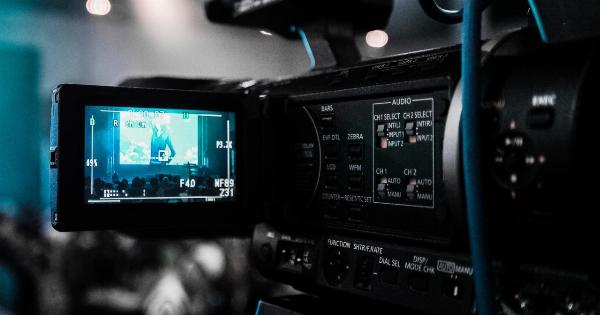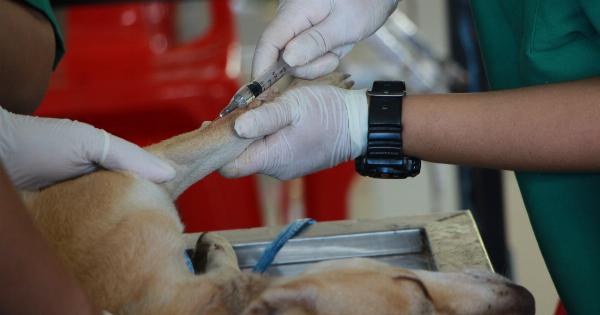Making predictions is an essential part of our daily lives. From guessing the weather to the stock market, we use predictions to plan ahead and make decisions.
But how do we know if our predictions are accurate? Below are some ways to know if your predictions are spot-on.
1. Analyze the Data
One of the most practical ways to determine your prediction’s accuracy is by analyzing the data. You’ll need to gather as much data as you can and compare it with your predictions.
By reviewing the information, you can identify patterns, trends, and insights that can justify the accuracy of your forecast.
2. Compare with Other Predictions
One way of evaluating if your predictions are spot-on is by making comparisons with other predictions. If your predictions are similar to others, it can be an indication that your predictions are accurate.
However, if your predictions are different from others, you may want to review and analyze your data again and verify that it’s correct.
3. Get Feedback from Others
Sometimes, the best way to evaluate your predictions is by getting feedback from others. This can come in many forms, including asking for feedback from peers, subject matter experts, or even querying consumers directly.
By getting other perspectives, you can get a clearer picture of any biases or blind spots you might have missed while increasing confidence in your forecasts.
4. Use Statistical Measures
Statistical measures can also be a useful tool to help determine how accurate your predictions are.
Measures such as mean absolute error (MAE), root mean square error (RMSE), and R-squared can help to validate the accuracy and robustness of your predictions.
5. Conduct a Test
Conducting a test can be an excellent way to determine the accuracy of your prediction. By setting up a controlled experiment, you can compare your prediction to the outcomes resulting from the experiment.
If the prediction aligns with the outcome, you can have confidence in its accuracy. However, if the result is not as expected, you may want to review your data, assumptions, or even modify the algorithm used for forecasting.
6. Evaluate the Timing
Evaluating the timing of your prediction is also crucial in determining its accuracy. If your prediction is entirely off for specific time frames, you may want to revisit your data or algorithm carefully.
You may also want to consider the volatility of the data and the seasonality effect to ensure the best possible outcome.
7. Review Assumptions and Limitations
Every prediction has certain assumptions and limitations that underpin it. By reviewing these constraints critically, you can identify areas where your prediction might not apply accurately.
For example, if you’re making market forecasts, your assumptions need to account for variables such as pricing, competitor behavior, or macroeconomic conditions. Similarly, if you’re making sociological predictions, factors such as culture, language, and demographics will need to be accounted for.
8. Get Expert Advice
Getting expert advice can provide valuable insights into whether your predictions are accurate or not. If you lack the requisite knowledge or experience to make good predictions, seeking guidance from professionals in your field is always a good idea.
Expert input can help to refine your prediction models, identify blind spots, or suggest alternative methodologies that can improve the accuracy of your predictions.
9. Look for Indicators of Success
When analyzing your predictions, it’s essential to look for indicators of success.
For example, if you’re forecasting the success of a new product, you might look for early reports of customer satisfaction, booming sales figures, or a rise in brand recognition. These indicators can be used to validate your prediction, demonstrate its effectiveness and instill greater confidence in your approach.
10. Measure the Impact of Your Prediction
Another way to evaluate the accuracy of your prediction is by measuring its impact. If the predictions you made have had a significant impact on the outcome, it can be a reliable indicator of their accuracy.
For example, if your prediction of future economic trends leads to significant investments or divestments, you can be sure that it was indeed accurate.
Conclusion
In conclusion, predicting future outcomes is an important aspect of decision-making.
However, it’s essential to ensure that your predictions are as accurate as possible to build confidence in your predictions, justify investment decisions, or make critical strategic choices. By using the tips above, you can evaluate the accuracy of your predictions and fine-tune your forecast models to ensure that you get the most reliable and robust results possible.




























